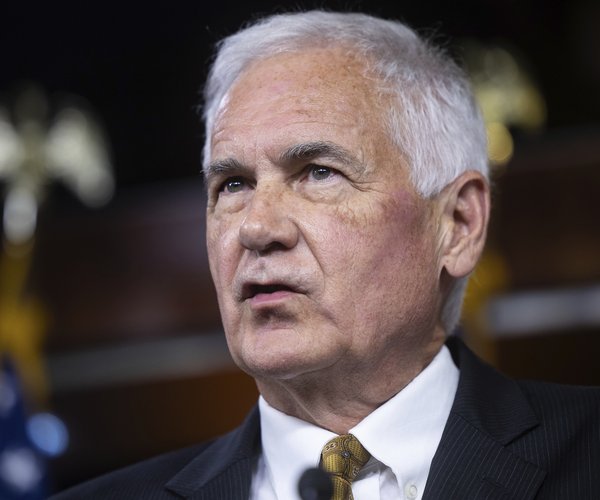After three public hearings to consider draft maps for redistricting, the Turlock City Council voted on Tuesday to keep the current district boundaries.
The boundaries for Turlock’s four City Council districts have to be reconsidered every 10 years using new census data, reflecting how local populations have changed and ensuring each district is substantially equal in population.
In addition to two draft maps created by City consultant National Demographics Corporation, labeled “Orange” and “Green,” Turlock resident Ron Bridegroom also drafted map Public 101.
The City held four hearings to give community members an opportunity to voice their input on the redistricting process in October, November, January and the last was on Tuesday before the Council vote.
The public and Council were both split in supporting changing the district boundaries or keeping the current map.
Former City Council member Gil Esquer spoke out against changing the current district maps, while other residents were in support of adopting one of the new draft maps.
“The current districts have been in place for six years. There are people out there in our community that still don’t know what district they’re in; now you’re talking about changing it and causing a little more confusion. I think we have enough confusion going around without adding to it,” said Esquer.
“I think we have two good maps here… Public 101 is my first choice because it basically leaves District 2 where it was. It does change District 3 so that we do have more people from the university in District 3. It also does something that I liked when we first did this in 2014, it actually gives downtown three representatives. Whereas the original, which would be my second choice, I could still go very well with the original, meets all the requirements but it only has two [representatives],” said resident Milt Treiweiler.
Council member Andrew Nosrati — the lone dissenting vote — said that he thinks now is a good time to look at changing the district maps, while Vice Mayor Pam Franco supported staying with the current maps.
“I think the majority of our public right now doesn’t know what district they’re in and if there’s an opportunity for us to make improvements that capture population groups in a more representative fashion, it’s something that, I think, in the long run would be valuable,” said Nosrati.
“I hate to see us go through more expense than we’ve already committed to…and then we’re going to have to educate the public again... I support our current map,” said Franco.
The cost to the City of the redistricting process is approximately $50,000.





